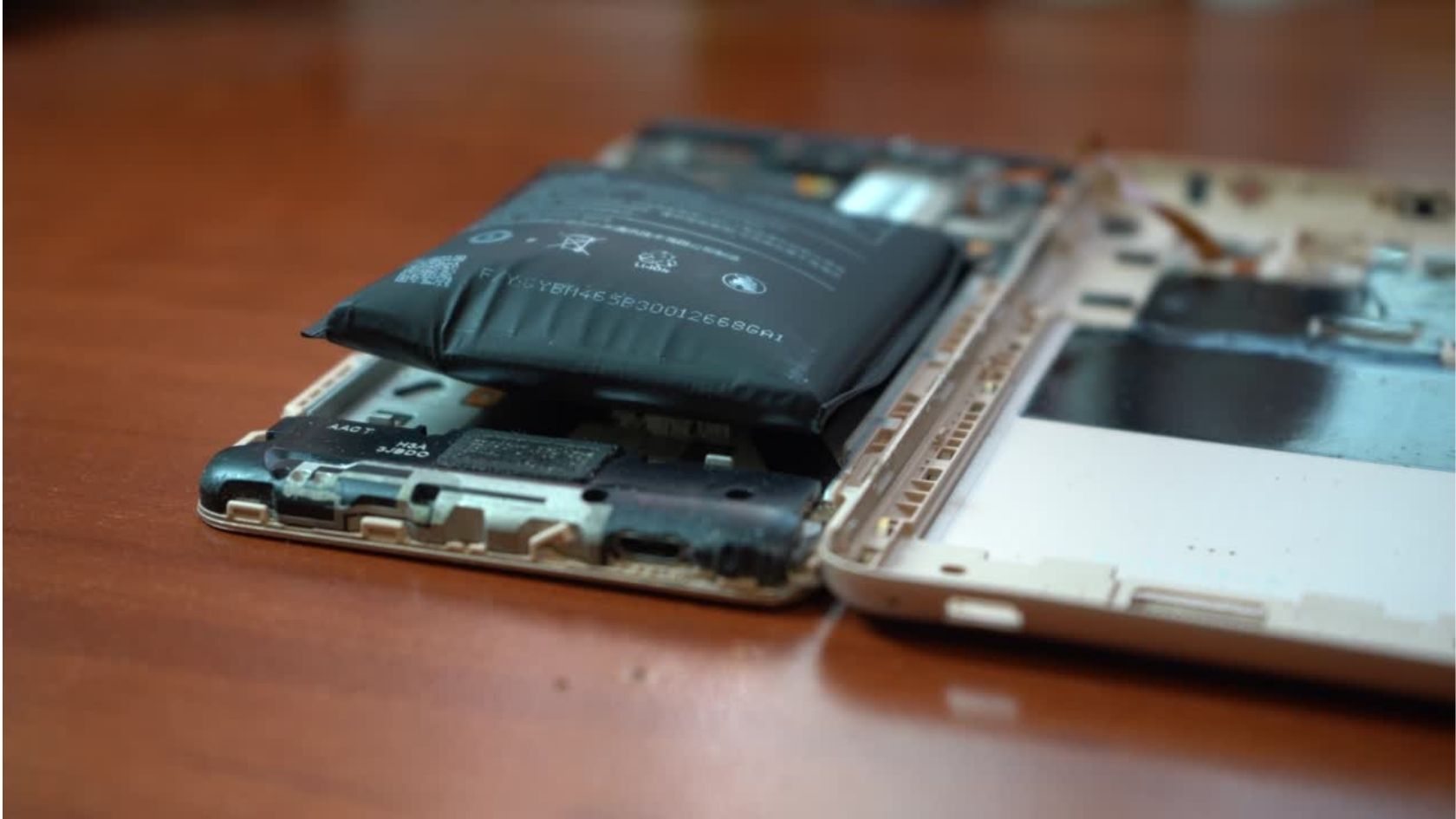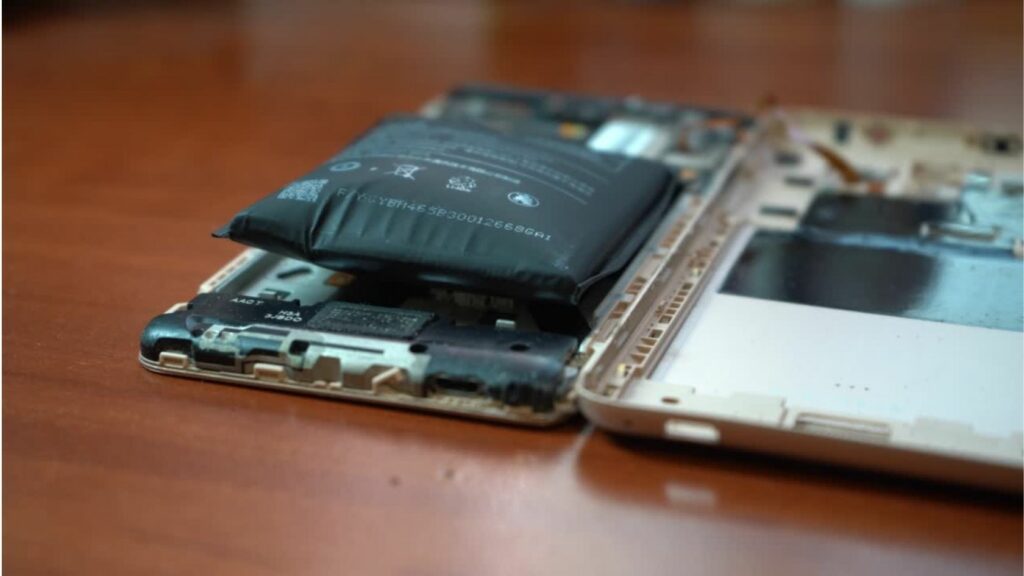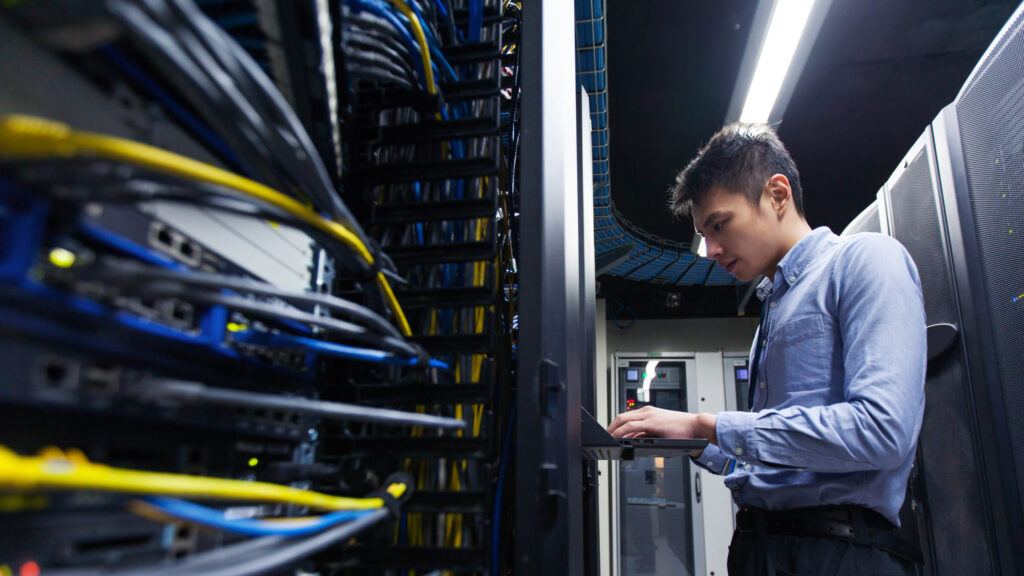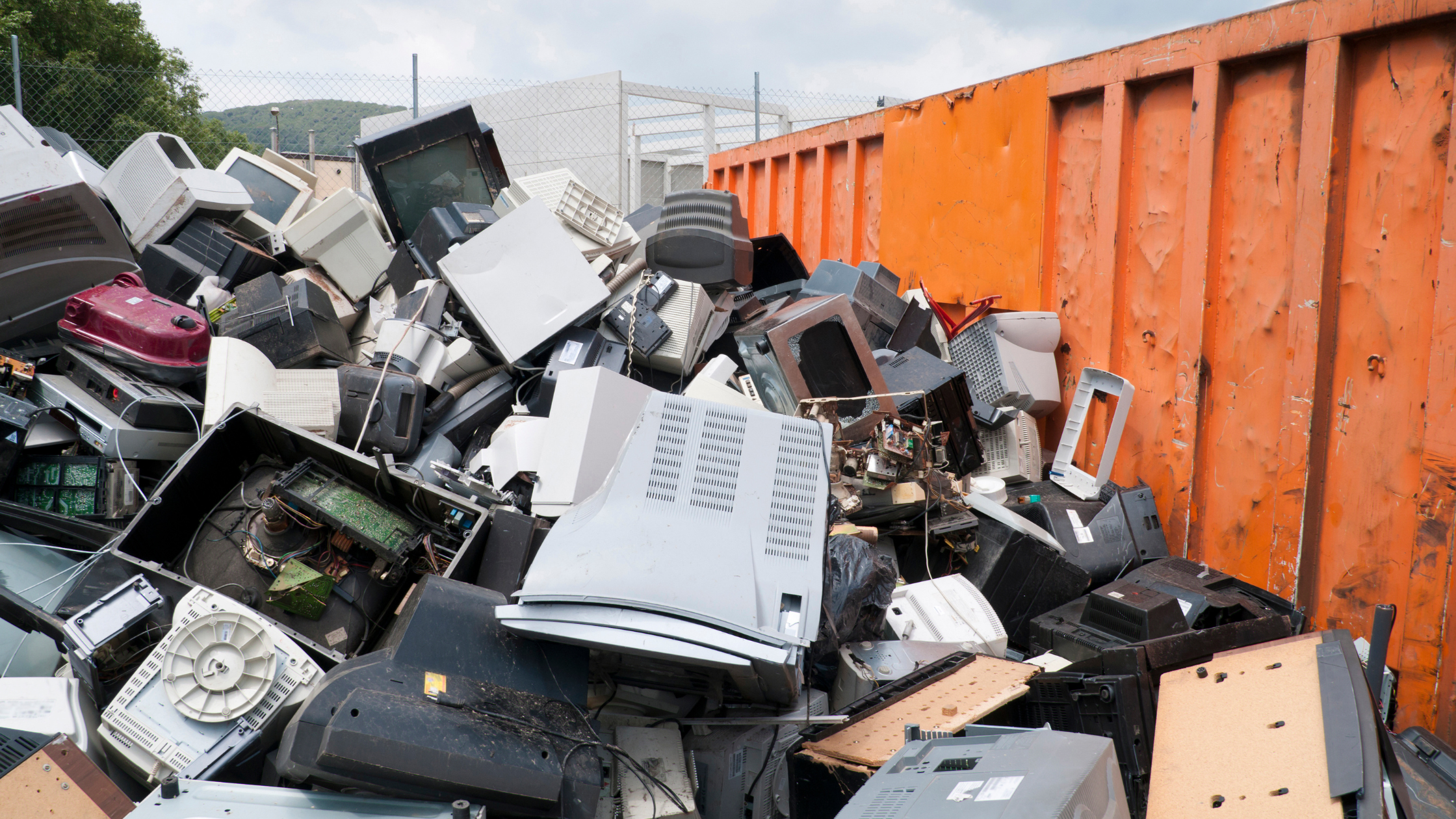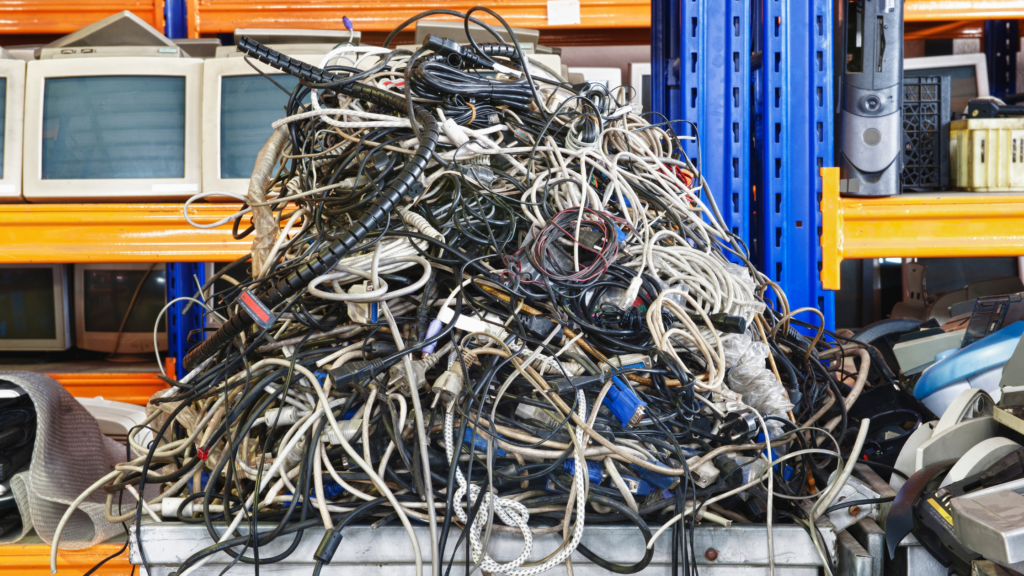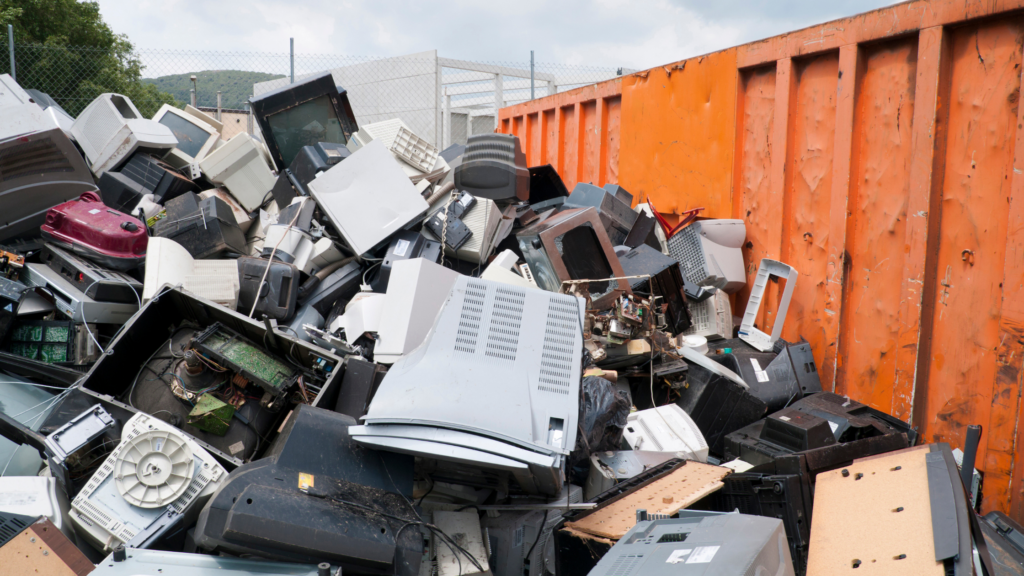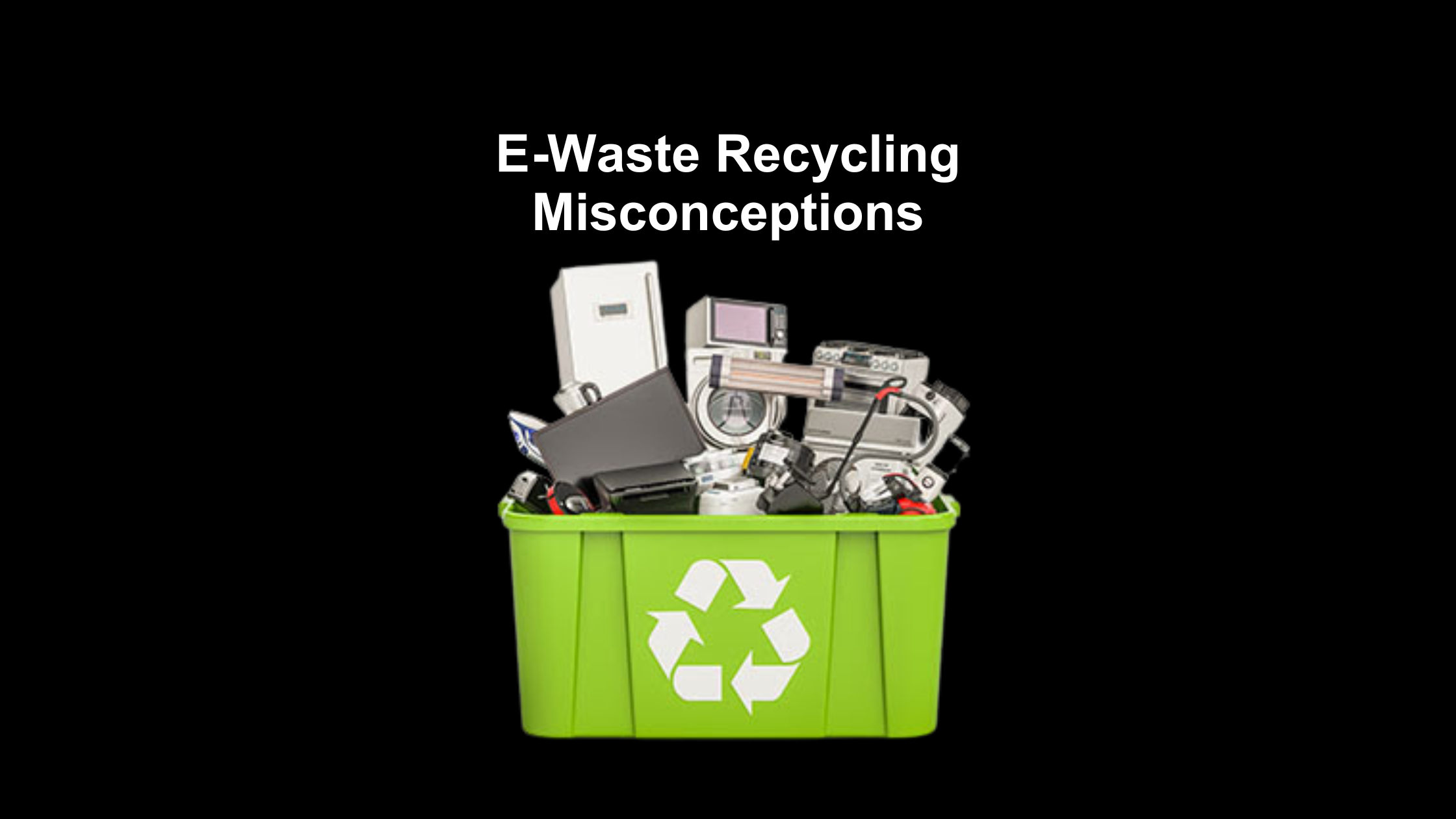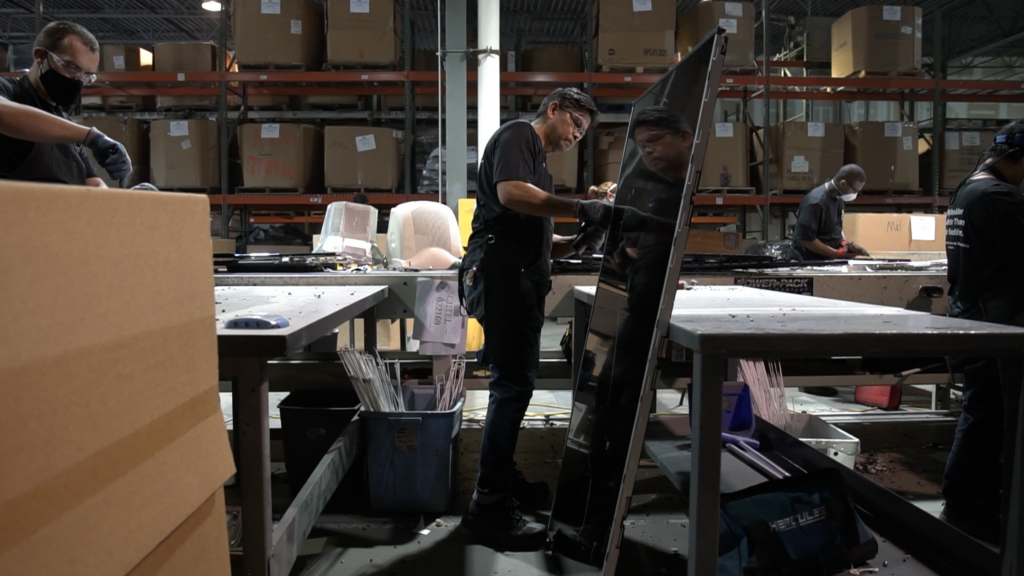The county’s Department of Public Works and Environmental Services launched a solar panel recycling program last week, expanding upon its November 2022 pilot program.
Daniel Brooks, an environmental services specialist at the county’s Solid Waste Management Program, said this new program falls under their electronic recycling program, which focuses on prevention.
“Many of these devices contain toxic heavy metals,” Brooks said. “We want to keep that out of the waste stream … and going directly to the landfill to prevent groundwater contamination, amongst other things.”
Brooks said in addition to protecting the environment, this program enables people to repurpose and reuse the materials from solar panels. He also said this program is first of its kind in the region.
“[Recycling programs] started with the West Coast and they were years ahead of us, sometimes up to as much as 20 to 30 years in various areas,” Brooks said. “It’s a very growing service as a renewable energy source.”
Since solar panels are relatively new to the area, responsible disposal is too. Brooks said Fairfax County wanted to get ahead of environmental contamination and started the pilot program in November 2022.
According to a 2022 study by the Pew Research Center, 8% of American homeowners said they already installed solar panels within the past year, the majority of which were in the western part of the nation.
The county partnered with PC Recycler, Inc. dba Securis to to refine the recycling process; at the start of the program, 50 solar panels were taken in to figure out the exact process for responsible and reasonable recycling.
“Wanted to figure out the cost metrics, if it was viable to do in-house [recycling], or if we needed to outsource that, and if we outsource that, what measures did we have with those materials?” Brooks said.
Brooks also said this was one step further toward Fairfax County’s sustainability goals, specifically zero waste. He said he’s hoping the county’s work inspires neighboring counties and towns to do the same.
The program is now available to Fairfax County residents only and two drop-off sites are available: the Interstate 66 Transfer Station and the Interstate 95 Landfill.

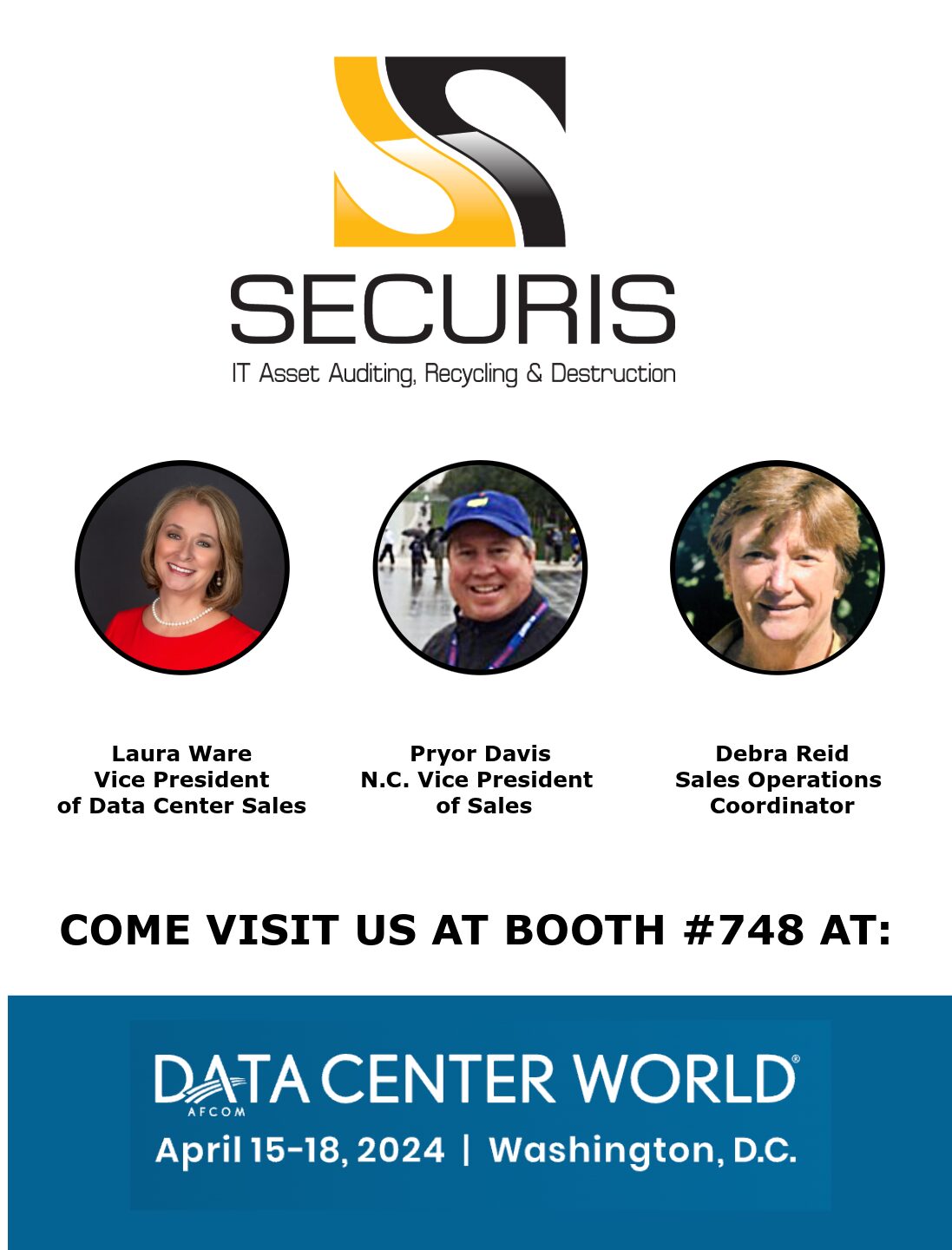
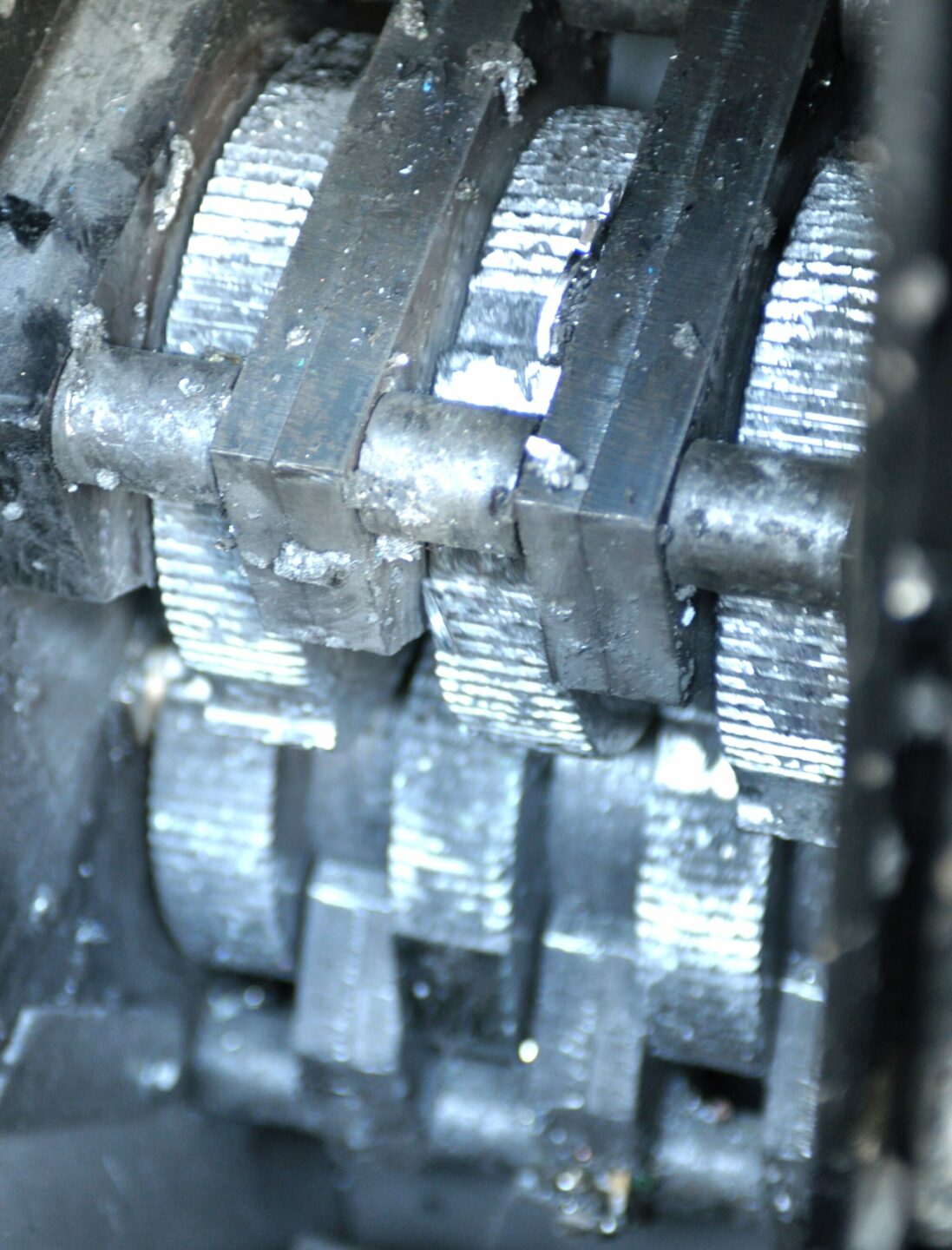
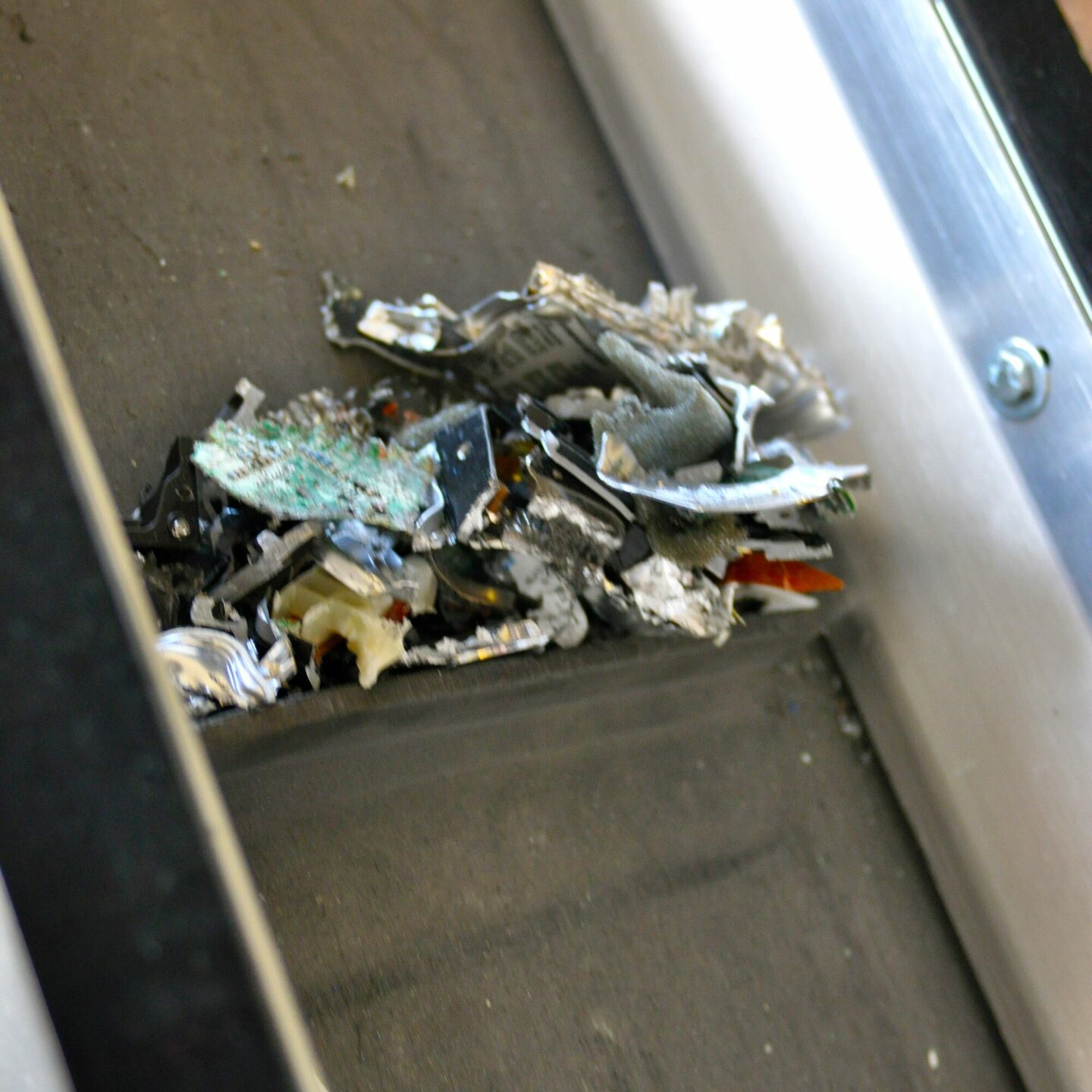 Destruction of the Magnetic Hard Drive’s Internal Components:
Destruction of the Magnetic Hard Drive’s Internal Components: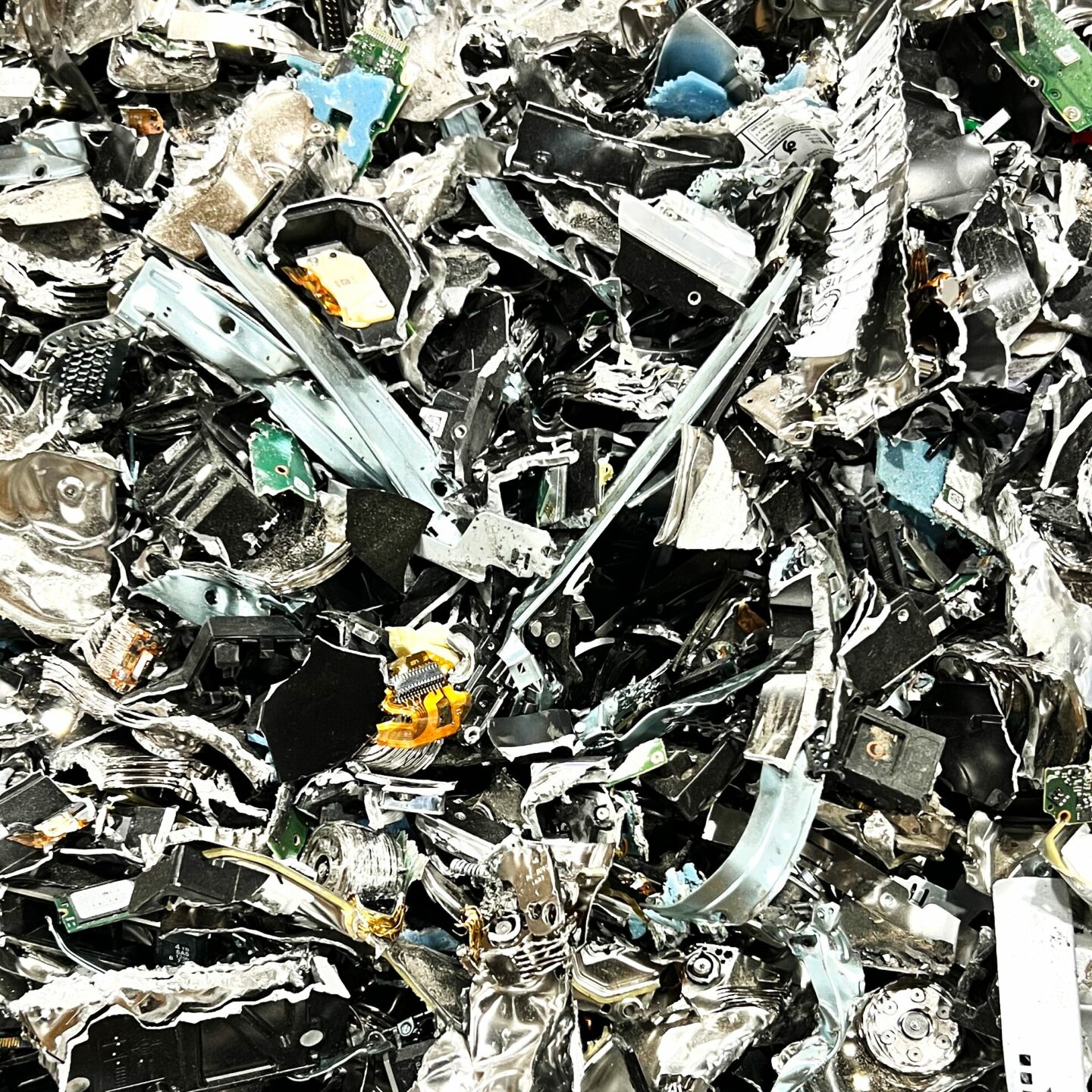 Ensuring
Ensuring 
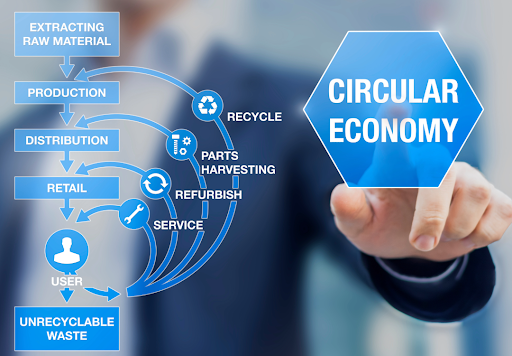 How Does R2 Certification Promote a Circular Economy in Electronics?
How Does R2 Certification Promote a Circular Economy in Electronics? How Can I Verify if a Company Is Truly an R2 Certified Recycler?
How Can I Verify if a Company Is Truly an R2 Certified Recycler?
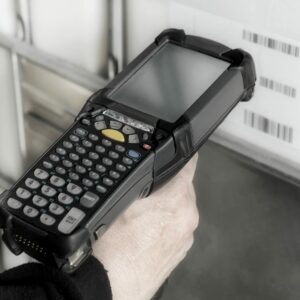 The answer lies in the quality of the audit or inventory reports generated after the physical work of decommissioning is completed. This documentation becomes vital, serving as a record of exactly what was done, much like an insurance policy when you need it most, often under less-than-ideal circumstances, which is why we include it as an invaluable part of our e-waste and data destruction policy
The answer lies in the quality of the audit or inventory reports generated after the physical work of decommissioning is completed. This documentation becomes vital, serving as a record of exactly what was done, much like an insurance policy when you need it most, often under less-than-ideal circumstances, which is why we include it as an invaluable part of our e-waste and data destruction policy